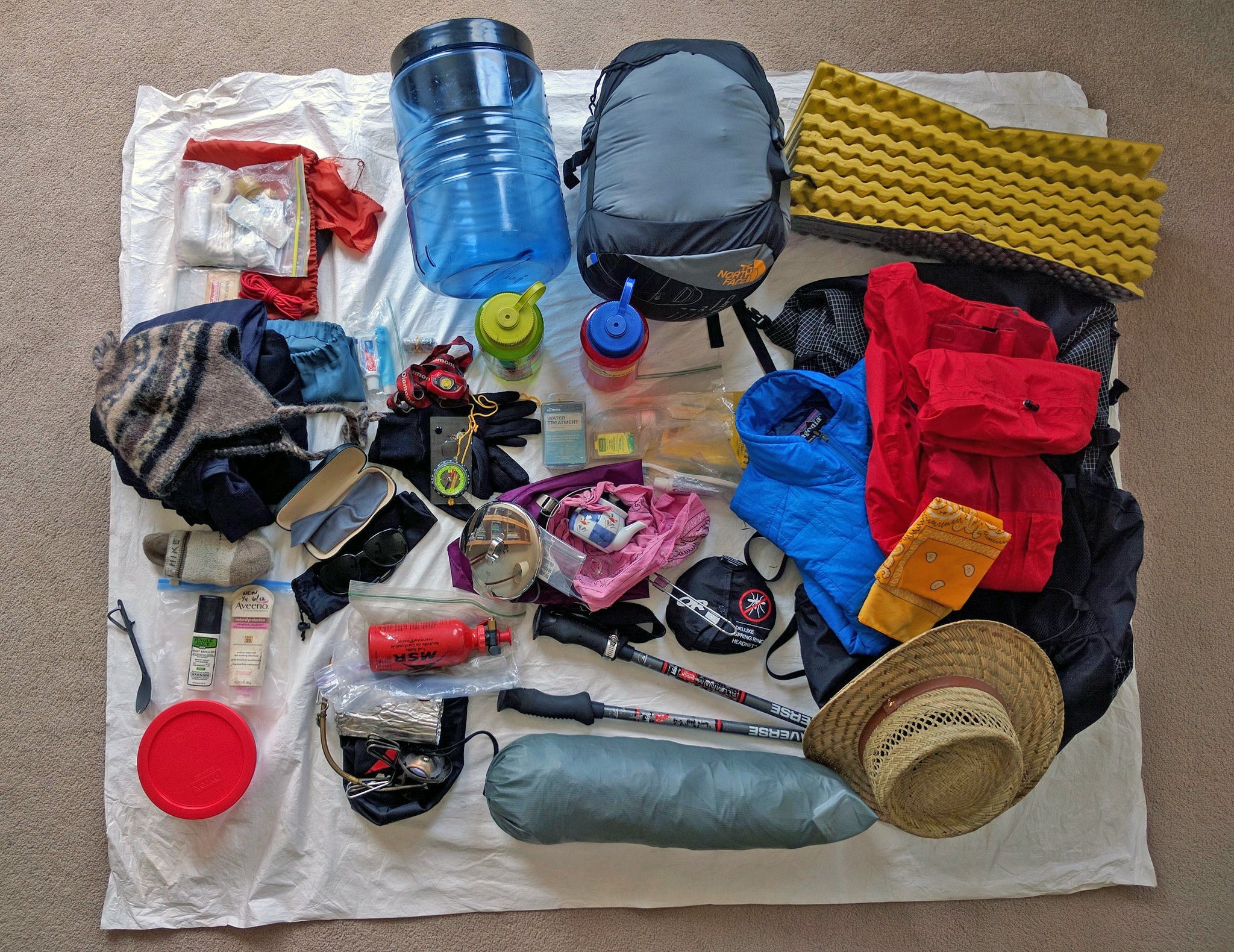How to Lighten Your Pack

'Lorenzo Tlacaelel'
1. Organize your gear into piles. If, like many hikers, you have multiple backpacks, you’ll want the lightest model that will meet your needs. It’s OK to have a gear library: The best backpack for desert hiking isn’t going to be the best for winter backpacking.
2. Start a spreadsheet. Catalog the gear you have, including a brief physical description and where in your house you keep it. This will help you decide between two otherwise similar-looking items. It will also help you get ready faster when you’re invited on spur-of-the-moment trips.
3. Weigh your gear. Instead of going off manufacturer specs, use a home food scale to measure your equipment. If you modified your gear or wear anything other than Medium-sized clothing, you’ll often find that manufacturer-declared weights are off. Track your data in ounces or grams, not pounds: Using smaller units will help you see the difference between similar items.
4. Use published gear lists to develop a baseline pack weight for your trip. This will give you an idea of items you need and don’t need to pack. Ideally, the packing lists will reflect conditions for the time of year and weather which you’ll be experiencing. If you’re visiting the White Mountains during black fly season, you’ll need bug protection, while you’ll want an ice axe and traction devices for an early-season trip to the Sierra. Resist the temptation to eliminate an entire category altogether, especially on a long trip. More than a handful of PCT thru-hikers have started in the desert without tents, sleeping bags, or rain gear only to find themselves needing emergency help as a result.
5. Log your gear and its weight for each category. You’ll probably notice that the main categories, like your tent, sleeping bag, and pack, are the heaviest.
6. Educate yourself. This is the most underrated way to lighten your pack. Entry-level gear is bomber and easy to set up, but comes with a weight penalty. Get some knowledge about campsite placement and knot-tying, for example, and you can be just as comfortable with lighter equipment. The more you learn, the more you can whittle down your pack weight.
7. Respect your comfort zone. You know yourself and your needs best. If you don’t think you’ll be comfortable with a particular ultralight strategy, don’t do it. For example, if you’re a cold sleeper, don’t use a 40-degree bag when you know you’d be happier with a 20-degree bag. The reason why we lighten our packs is so that we can have more fun in the outdoors. If your gear choices are making you miserable, it’s time to rethink them.